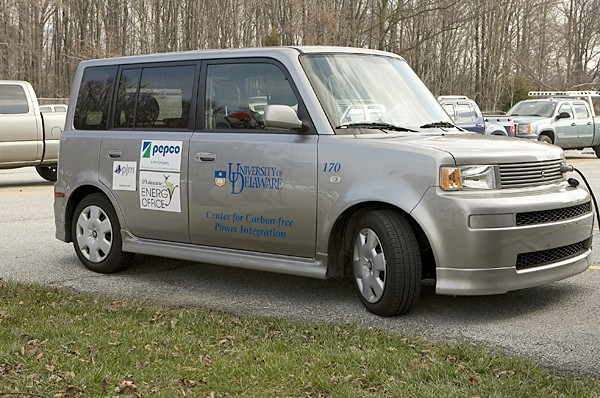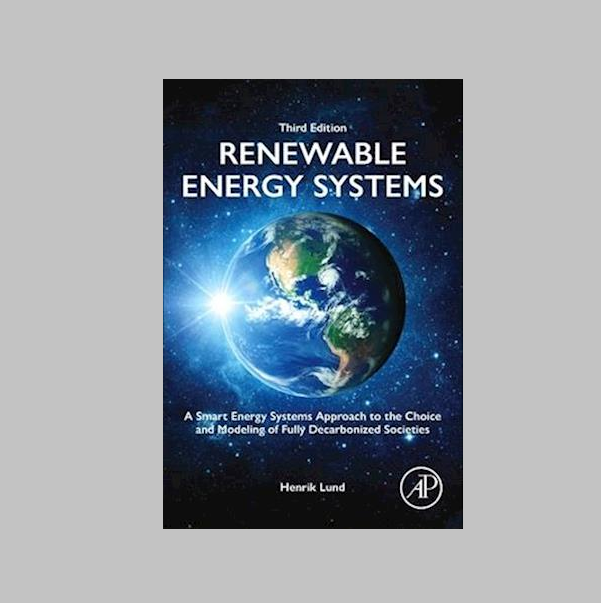Integration of renewable energy into the transport and electricity sectors through V2G (2008)
Authors:
Henrik Lund, Willett Kempton
Large-scale sustainable energy systems will be necessary for substantial reduction of CO2. However, large-scale implementation faces two major problems: (1) we must replace oil in the transportation sector, and (2) since today’s inexpensive and abundant renewable energy resources have fluctuating output, to increase the fraction of electricity from them, we must learn to maintain a balance between demand and supply. Plug-in electric vehicles (EVs) could reduce or eliminate oil for the light vehicle fleet. Adding “vehicle-to-grid” (V2G) technology to EVs can provide storage, matching the time of generation to time of load. Two national energy systems are modelled, one for Denmark, including combined heat and power (CHP) and the other a similarly sized country without CHP (the latter being more typical of other industrialized countries). The model (EnergyPLAN) integrates energy for electricity, transport and heat, includes hourly fluctuations in human needs and the environment (wind resource and weather-driven need for heat). Four types of vehicle fleets are modelled, under levels of wind penetration varying from 0% to 100%. EVs were assumed to have high power (10 kW) connections, which provide important flexibility in time and duration of charging. We find that adding EVs and V2G to these national energy systems allows integration of much higher levels of wind electricity without excess electric production, and also greatly reduces national CO2 emissions.

Contact
If you experience further challenges using the model that are not answered in any one of pages at the site, you are more than welcome to contact us and we will try to help you.
Email us hereBook, 3rd Edition out now

3rd Edition Renewable Energy Systems – A Smart Energy Systems Approach to the Choice and Modeling of Fully Decarbonized Societies
By Professor Henrik Lund
List price: USD 100.00 / GBP 76.76 / EUR 87.20
Buy here